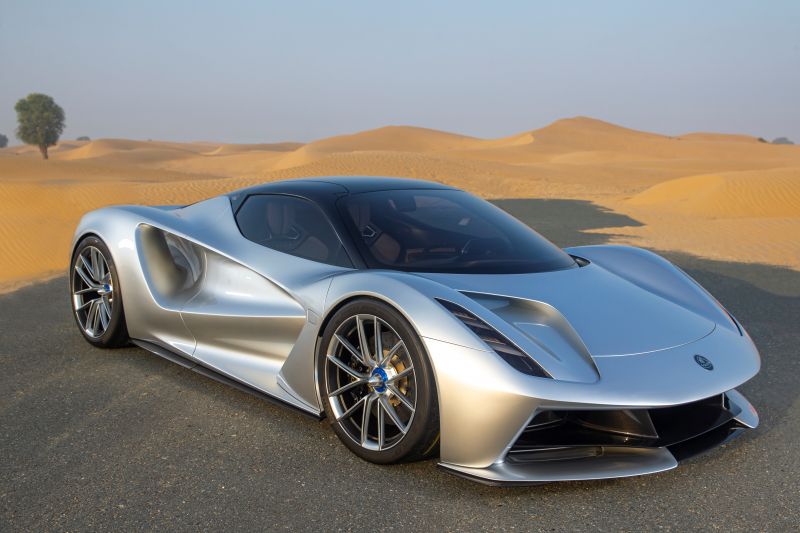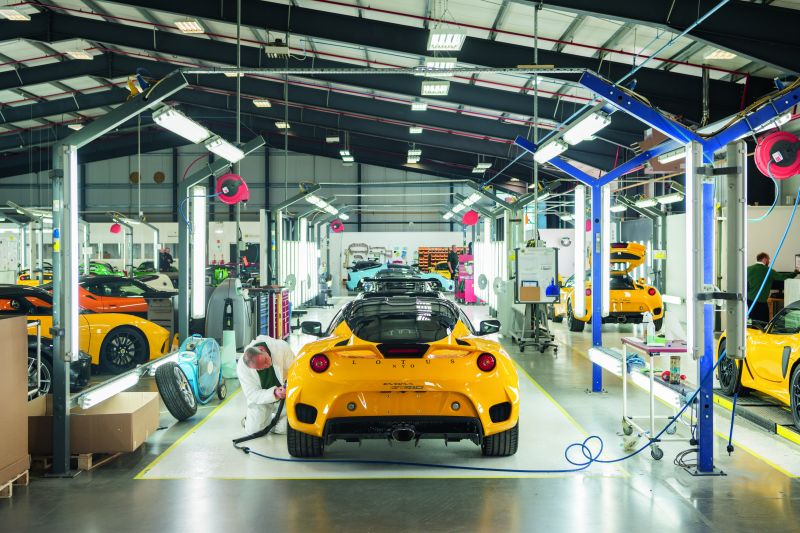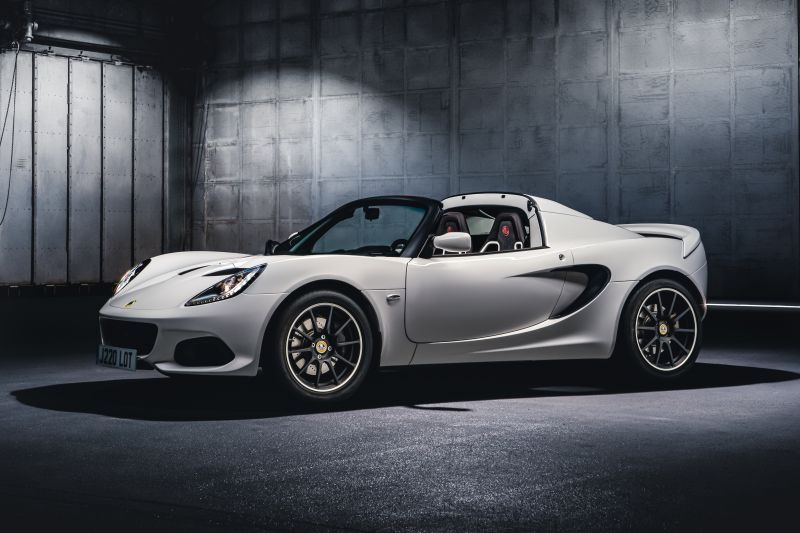Lotus is looking to increase its volumes with an affordable, practical sports car before following its rivals down the path of SUVs.
CEO Phil Popham told Automotive News Europe the new entry-level Lotus will be priced between £55,000 and £100,000 ($107,000 – $195,000).
The entry-level model is expected to be the last Lotus model to be produced with an internal combustion engine.
It’ll be unveiled either late this year or early in 2021.
The name of the new entry-level Lotus isn’t yet known, though its design will be influenced by the upcoming Evija electric hypercar (above).
It’ll differ from rival sports cars and past Lotus models in offering sufficient interior space and visibility for day-to-day use.
According to an earlier report from Autocar, this upcoming model will use the same underpinnings as the Evora.
Though the Evora’s platform is over a decade old, it’ll be updated with software and hardware from Geely, which own 51 per cent of Lotus.
Lotus is looking to increase its production volumes from 1600 cars per year to close to 5000, the most its facilities can manage.
Under Popham’s Vision 80 plan, the company wants to increase annual sales to 10,000 units by 2029.
Unlike other sports car manufacturers such as Aston Martin, Lamborghini and Porsche, Lotus has yet to introduce an SUV.
“Our focus now is on sports cars, but we do think the brand has the potential to move into other segments. And Geely has expertise in areas such as electrification and autonomous driving,” Popham said, noting an SUV or a sports sedan as a possibility for the brand.
“It’s not as if we have to generate all the money ourselves to invest in our future.”
Production has been suspended at the company’s Hethel plant in the UK due to the Coronavirus.
It’s set to resume next month as lockdowns ease in the UK, with facilities being upgraded to support the new model.
The Evija is set to begin production before the end of the year, with Lotus planning to build only 130 examples of the hypercar.
Since coming under Geely’s ownership, Lotus has been given an investment of £1.5 billion (A$2.93 billion).
That’s largely gone towards the upgrading of facilities. Lotus has also hired 200 additional engineers and opened a new engineering centre in the UK.
Autocar has reported future Lotus models will use a new, rivet-bonded platform alloy-core platform.
It may also underpin a revived Elan to rival the Porsche Boxster,
The new platform will eventually replace those used by existing Lotus models and can support multiple wheelbase lengths and track widths.
The current, three-model Lotus range consists of the entry-level Elise, racier Exige and the flagship Evora.
The current entry point to the range is the Elise Sport 220, which costs $87,990 before on-road costs.
It’s not yet known how much the upcoming entry-level Lotus would cost, were it to be confirmed for Australia.
The current Elise and Exige are based on a platform that dates back to 1996.







